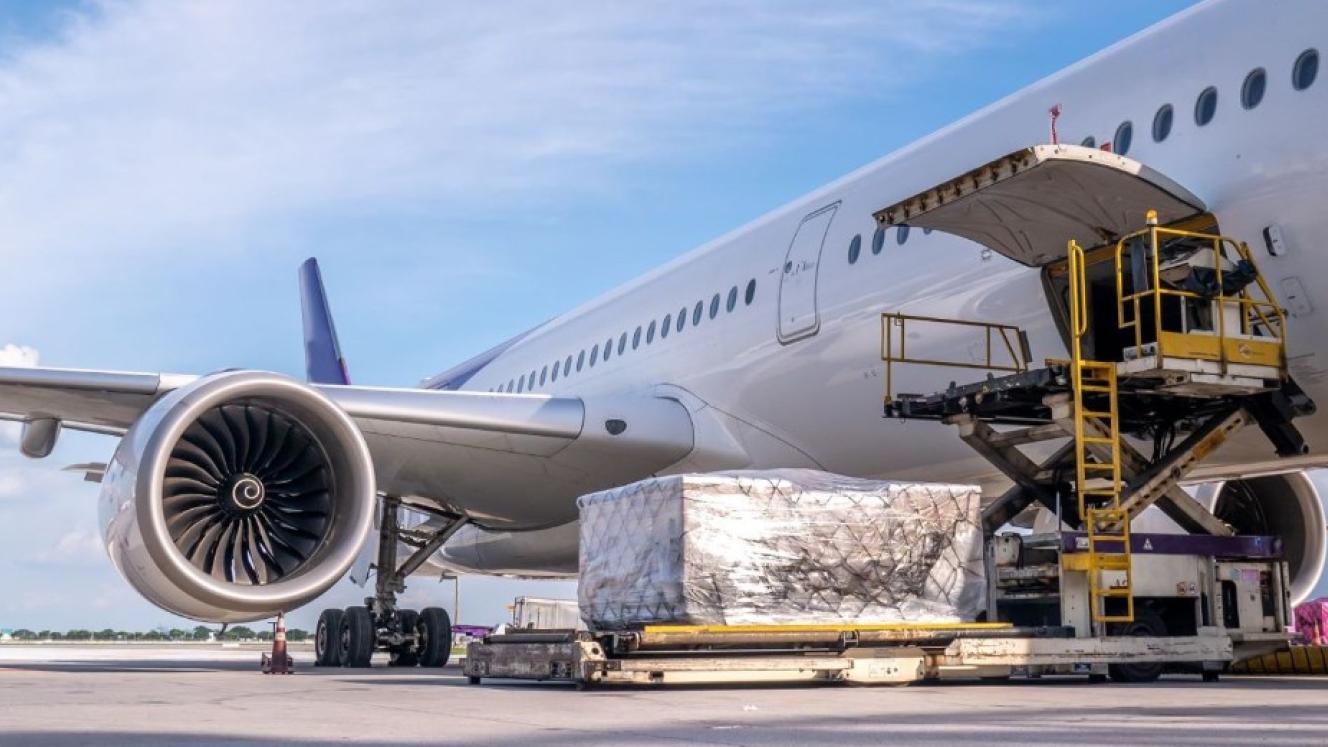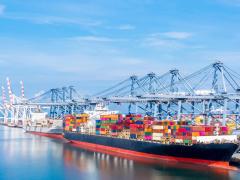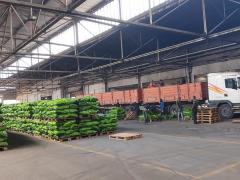The global air cargo market sustained its upward momentum in April, with volumes rising and capacity reaching record levels.
Seasonal demand, lower fuel prices, and strategic inventory shifts in anticipation of evolving trade policies boosted volumes for the period.
According to IATA, total demand – measured in cargo tonne kilometres (CTK) – rose by 5.8% compared with April 2024, while international demand climbed 6.5% year-on-year.
Capacity, measured in available cargo tonne kilometres (ACTK), increased by 6.3% overall, with international operations seeing a 6.9% rise.
“Air cargo demand grew strongly in April, with volumes up 5.8% year-on-year, building on March’s solid performance,” said IATA Director General, Willie Walsh.
“Seasonal demand for fashion and consumer goods, front-loading ahead of US tariff changes and lower jet fuel prices have combined to boost air cargo. With available capacity at record levels and yields improving, the outlook for air cargo is encouraging,” he said.
However, Walsh cautioned that, despite the buoyant results, underlying stressors in global trade dynamics remained.
“Shifts in trade policy, particularly in the US, are already reshaping demand and export patterns. Airlines will need to remain flexible as the situation develops over the coming months.”
According to IATA, the broader economic backdrop contributed to the sector’s resilience.
Global industrial production increased by 3.2% year-on-year in March, while global goods trade surged 6.5% month-on-month, suggesting robust logistics activity. Jet fuel prices continued their downward trend, falling by 21.2% year-on-year and 4.1% from March, marking the third consecutive monthly decrease.
The global manufacturing Purchasing Managers' Index (PMI) edged up to 50.5 in April, indicating moderate expansion. However, a 2.8-point decline in the new export orders sub-index to 47.2 signalled headwinds for future cargo demand.
All regions, except the Middle East, posted solid year-on-year air cargo growth.
Latin American airlines led with a 10.1% surge in demand, alongside an 8.5% rise in capacity. Asia-Pacific carriers followed closely with a 10.0% demand increase and a 9.4% boost in capacity, driven by strong intra-Asia flows and transpacific volumes.
North American airlines recorded a 4.2% increase in demand, while capacity rose by 4.6%. European carriers posted a 2.9% rise in demand and 3.3% growth in capacity. African airlines saw a 4.7% gain in demand but outpaced it with a 9.7% jump in capacity.
Middle Eastern carriers experienced the slowest growth, with demand up just 2.3%, despite a 5.5% rise in capacity.
Most international trade lanes posted gains, with notable growth across transpacific and intra-Asian routes. However, three key lanes saw contraction in April: Middle East-Europe, Africa-Asia, and intra-Europe, reflecting shifting sourcing strategies and economic pressure points.













